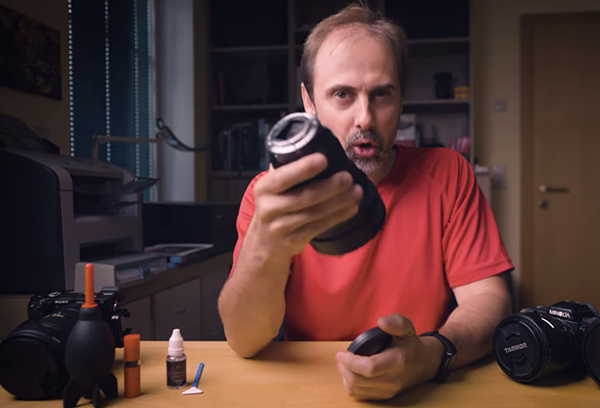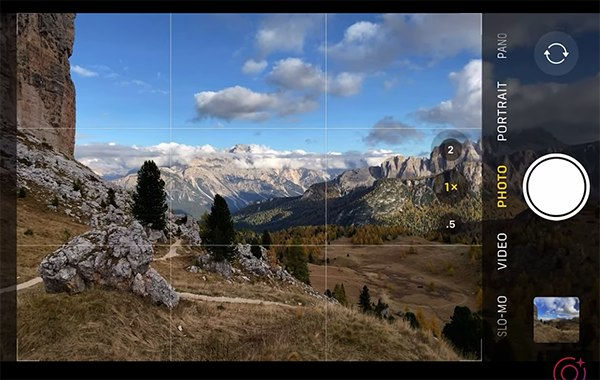For Shame if Your Camera Sensor is Dirty: How to Clean it Now (VIDEO)
It’s surprising how infrequently some photographer’s clean the sensor in their cameras, all the while aiming for the best image quality possible. Dirty sensors cause a variety of problems, not the least of which are ugly dusts spots and other artifacts on every image you shoot.
Not only does sensor dust make your camera sad, but when combined with moisture it can lead to some really tenacious dirt. So suspend reality for a moment, imagine that you’re a sensitive electrical component, and then do what’s suggested in the important video below.
Instructor Christian Irmler is an Austrian pro and his begins this episode with an incredulous chuckle: “Photographers really exist who shoot outdoors, change their lenses out in the field, and NEVER clean their sensors.” And this is despite the fact dirt gets more and more resistant over time.

Irmler explains the importance of regular sensor maintenance and reveals a safe and simple hack that makes this process super easy. And for those of you who have ignored this simple task for weeks, month, or even years, he demonstrates what you should do immediately or sooner. So watch it and get the job done.
It’s important to understand whether small specks on a photo result from sensor contamination, or they’re simply due to some dust on the front element on you camera lens (or filter). Irmler explains how to make this determination so that you don’t needlessly clean the sensor.
Irmler pulls out the simple and affordable maintenance tools he uses to keep filters, lenses and sensors functioning like new, and how to avoid image-killing dirt in the first place before it even becomes a problem.

You’ll learn the best way to swap lenses in the field, and why understanding the direction of the wind is the first thing you should consider. Other tips include leaning over the camera as you make the switch. Another key consideration is when and how a sensor can be contaminated even when you’re not changing lenses.
So please pay close attention to this video and clean up your act—regularly and with conviction. Your camera and photographs will thank you. Irmler’s instructional YouTube channel is full of shooting tips, gear recommendations and more, so do yourself a favor and check it out.
Then take a look on the important camera tutorial we featured earlier from another pro who explains how to verify the shutter count of your cameras and why this information really matters.









